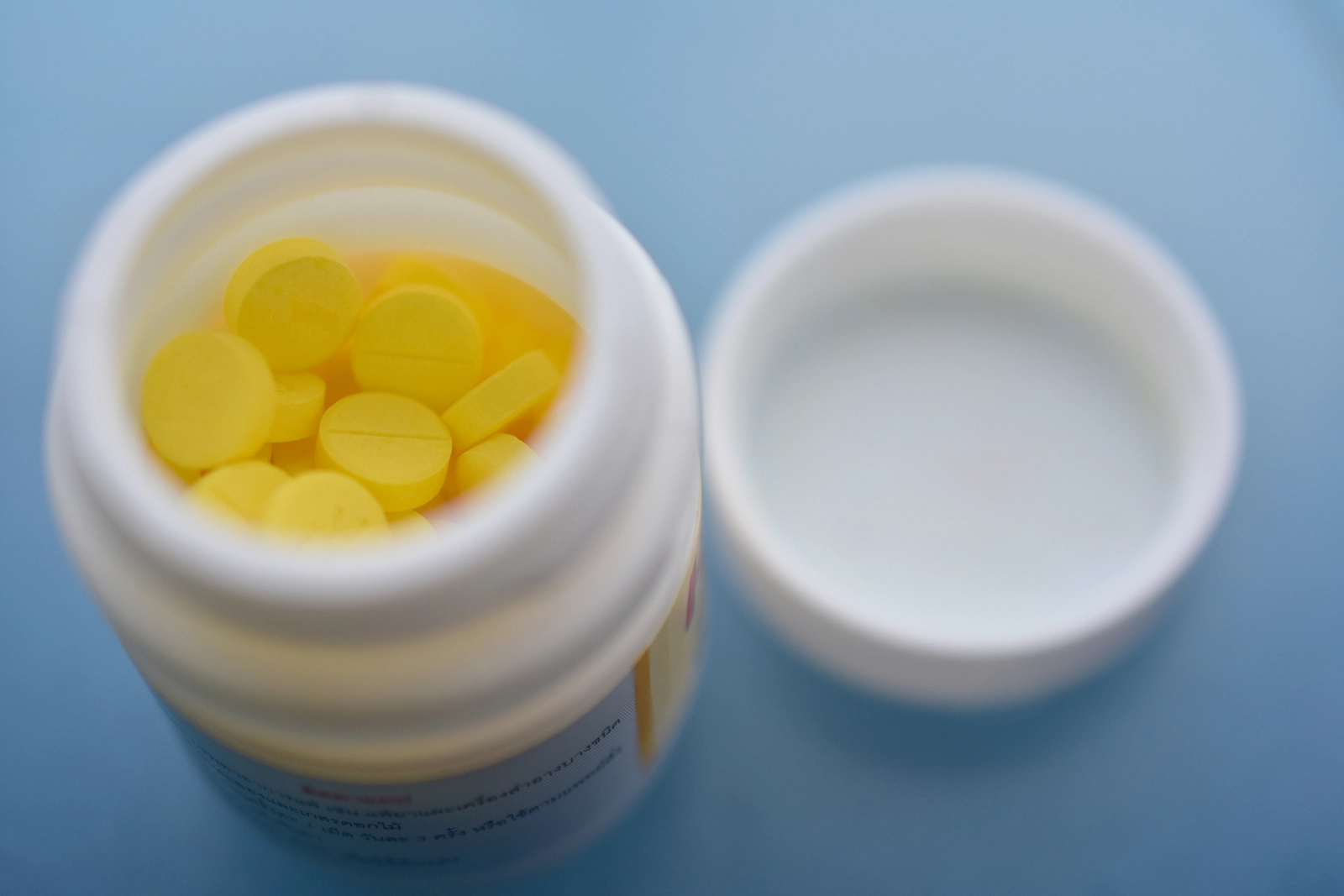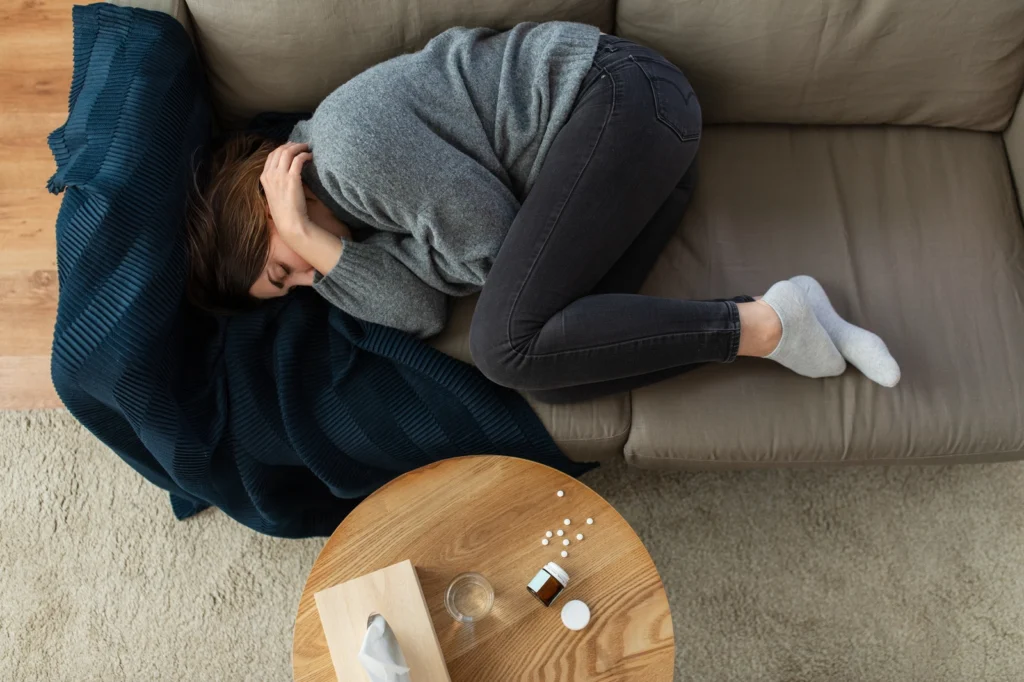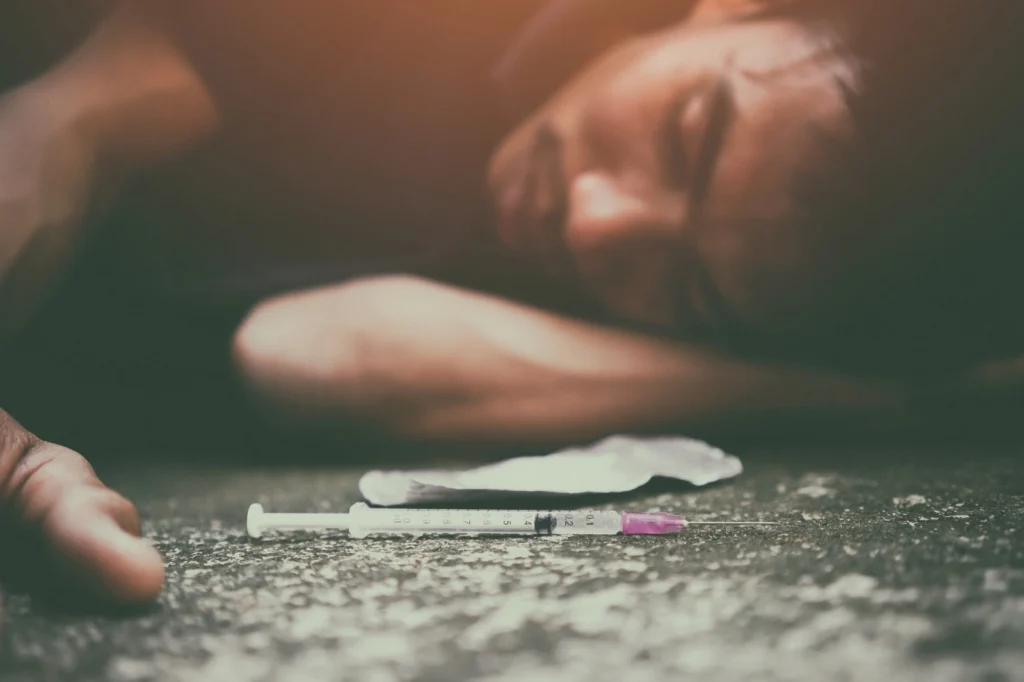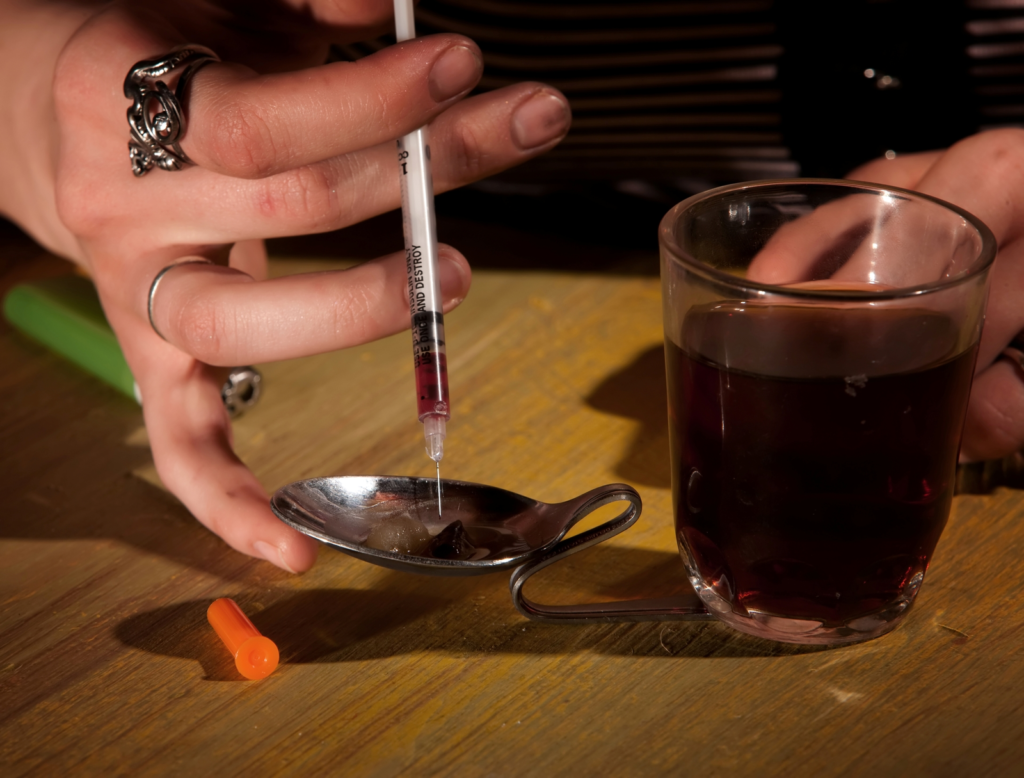Clonazepam Half-Life: Effects and Duration

Klonopin (clonazepam) is a benzodiazepine drug used to treat seizures like absence seizures or acute seizures and panic disorder. It has a long half-life and can stay in your system for 6 to 9 days. It’s important to know how long Klonopin is in your system to avoid any potential interactions.
Key Points
- Klonopin (clonazepam) is a benzodiazepine prescription drug that treats anxiety, panic, and seizure disorders.
- Klonopin has a longer half-life than some other benzodiazepines at 30-40 hours.
- Klonopin can stay in your system for up to 6-9 days, but this can vary by several factors.
What Is Clonazepam?
Klonopin is the brand name for clonazepam, an anxiolytic drug in the benzodiazepine class that works as a central nervous system depressant. It’s used to treat anxiety disorders, panic disorders, and seizure disorders, as well as alcohol withdrawal or restless legs syndrome, by increasing the presence of the neurotransmitter gamma-aminobutyric acid (GABA), which produces feelings of calm by acting on the benzodiazepine receptors in the brain.[1]
The benefits of Klonopin come from its ability to relieve anxiety and stress, but it’s commonly misused or abused for its relaxing effects and euphoria. Misusing Klonopin can significantly increase the risk of dependence and addiction.
What Are Klonopin Effects?
The intended effects of Klonopin are as an anticonvulsant to reduce the incidence of seizures or as a calming drug to relieve panic attacks. There are some side effects with Klonopin, including:[2]
- Feelings of tiredness
- Depression
- Dizziness
- Irritability
- Coordination problems
- Concentration problems
- Memory and attention problems
- Nausea
- Loss of appetite
Some serious side effects can occur with Klonopin, including:[3]
- Low blood pressure
- Increased heart rate
- Respiratory depression
- Drowsiness
- Difficulty breathing
- Impaired speaking
- Loss of consciousness
- Loss of pleasure
- Suicidal thoughts and actions
Klonopin Drug Interactions
Several drugs may interact with Klonopin, including ketoconazole, itraconazole, nefazodone, fluvoxamine, and cimetidine, which may increase the levels of Klonopin in the blood.[4] Using Klonopin with phenytoin, phenobarbital, and carbamazepine may decrease the levels of Klonopin, making it less effective.[5]
Mixing Klonopin with other benzodiazepine drugs and central nervous system depressants, such as opioids and alcohol, may cause dangerous levels of sedation and CNS depression with severely slowed breathing that can lead to coma or death.
It’s possible to overdose from too much Klonopin or mix Klonopin with other drugs like other anticonvulsant drugs, alcohol, or opioids. The signs and symptoms of a Klonopin overdose may include:[6]
- Confusion
- Slurred speech
- Extreme drowsiness
- Poor reflexes and coordination
- Slowed breathing
- Low blood pressure
- Low heart rate
- Cardiac arrest
- Coma
If you suspect someone is experiencing an overdose, call 911 and wait with them until help arrives. Flumazenil can partially or completely reverse the adverse effects of a clonazepam overdose, but it’s still necessary to get medical attention. Flumazenil can cause seizures in some people, which an emergency medical team can manage.
What Is The Half Life of Clonazepam: How Long Does It Stay in the Body?

Klonopin’s elimination half-life is 30 to 40 hours.[7] Its major metabolite, 7-amino-clonazepam, is excreted mainly in the urine. Thus, it stays in the body for a longer period than other drugs with short half-lives.
A half-life is the time it takes for half of a single dose of a drug to leave the body. For Klonopin, it can take one to two days for just 50% of Klonopin to leave your system. It takes about 5 half-lives for a drug to completely leave your body, which means Klonopin can stay for 6 to 9 days after your final dose.
Klonopin can show up on different drug tests for various periods:
- Urine tests: Up to 3 weeks or possibly up to 30 days after last use[8,9]
- Hair tests: Up to 90 days after last use[10]
- Saliva tests: Up to 5 or 6 days after last use[11]
Several factors can affect how long Klonopin is detectable in a drug test, including age, gender, general health, weight, the dose, when the last dose was taken, how often it’s used, and the concentration and pH of urine.
Can I Quit Taking Klonopin?
If you’re concerned about a drug test or drug interactions with Klonopin, it’s crucial that you don’t stop taking the drug suddenly. Physical dependence, which is when your body becomes used to the presence of a drug and needs it to function, can occur in just two weeks of taking Klonopin – even if you take it exactly as directed.
If you stop taking Klonopin suddenly after being on it for long periods, severe withdrawal symptoms can occur, such as:[12]
- Anxiety
- Insomnia
- Dizziness
- Irritability
- Sweating
- Vomiting
- Nausea
- Blood pressure changes
- Increased heart rate
- Hallucinations
- Tremors
- Seizures
Some of these symptoms can be life-threatening, so doctors typically use a taper to wean you off a dose safely and reduce the risk of complications.
Klonopin Addiction
Klonopin and other benzodiazepines have the potential for misuse, abuse, and addiction. Some people may become addicted to Klonopin by taking more than they should or at more frequent doses. In contrast, others may become addicted from abusing Klonopin with other drugs like opioids.
If you are addicted to Klonopin and experiencing withdrawal symptoms, medical detox is recommended to manage clonazepam withdrawal. Because of the serious risks of benzodiazepine withdrawal, medical detox provides a medical team to monitor your health, reduce the severity of withdrawal symptoms, and prevent complications.
Once detox is complete, it’s important to continue with a drug addiction treatment program that addresses the mental, emotional, and social aspects of addiction. There are many options for addiction treatment, including inpatient and outpatient settings with individual and group counseling, addiction education, and behavioral therapies that help you address the contributing factors in addiction and learn healthier habits.
Get Help for Klonopin Addiction
Klonopin is generally considered effective for treating seizure disorders and anxiety when used as prescribed, but it carries significant risks, including dependence and misuse. If you’re struggling with Klonopin abuse or addiction, it’s important not to quit cold turkey. Stopping Klonopin suddenly can result in intense and potentially dangerous complications from withdrawal, so it’s important to start with medical detox as part of a comprehensive clonazepam treatment program for addiction.




